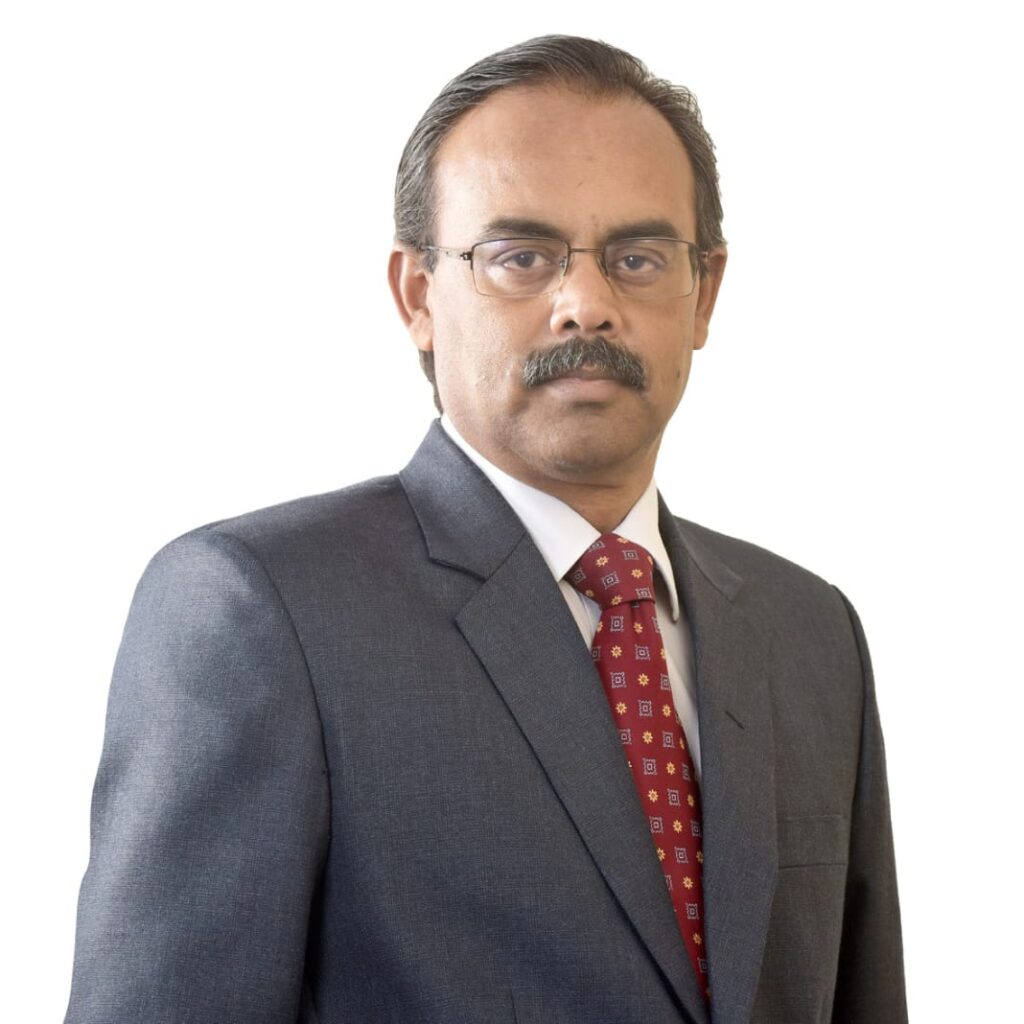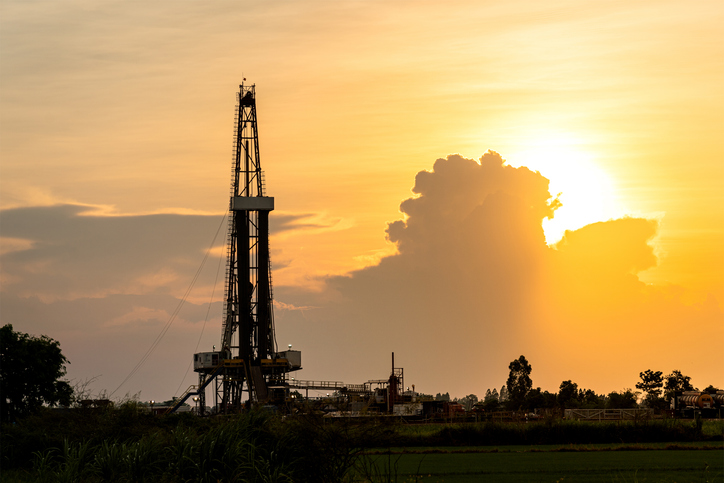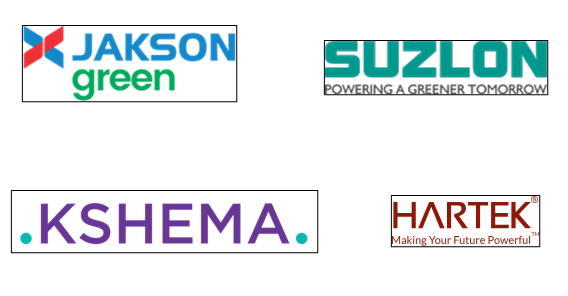By Dr. Sunil K Sinha
The need for India’s energy self-reliance has never been more pronounced than now. With 90% of our consumption being met by imports, and as the 3rd largest energy consumer and fastest growing large economy – India’s aspiration for Amrit Kaal by 2047 hinges on successful unlocking of hydrocarbons from our own basins. Large share of our domestic production comes from ageing oilfields and their output is naturally declining. Huge capex is required to enhance recovery from these fields, hence, investment planning with a long-term view is crucial.
While estimates can be drawn, it is still virtually impossible to hazard with accuracy the productive life of most oil and gas fields despite several technological breakthroughs over the years. Field lifecycles can be inherently unpredictable and can change depending on production cycle, new technological innovations, and regulatory and policy changes.
The new Draft Petroleum and Natural Gas (PNG) Rules 2025 propose contract extension for up to 30 years, overlooking the multiple variables that could impact the unpredictable nature of the field’s lifespan and complexities associated with it.
The multiple benefits to grant contract extensions till end of economic life
A win-win solution may be to allow automatic extension up to end of economic life of the field which can result in multiple benefits for both the Contractors and the Government. For the contractors it will mean responsible resource management, environmental protection, regulatory compliance, financial security, long-term planning, regardless of when production ends. It will also provide relief to lenders, who will view it as the “bankability” of their investments in oil and gas projects because it provides certainty about the project’s cash flows and returns.
Protected from unilateral arbitrary changes by the government, lenders will find it easier to secure long-term financing on favorable terms. Hence, they are more likely to commit significant capital upfront, and major investments later, knowing that the project’s economics are protected throughout its economic lifecycle.
On GOI’s part, their revenue earning potential remains protected in line with the projections and Field Development Plan (FDP).
Relook the Rule Book
Certain provisions of the draft Rules 2025 go against the primary objective of establishing ease of doing business. For instance, it proposes submission of application for extension only after the expiry of half of the tenure of the lease and not less than six months prior to the expiry of the contract. Given the nature of the risks and investments undertaken by the Contractors, extension should be considered at the initial FDP approval stage.
Look at the Big Picture
Policy reform should aim at achieving long term energy self-reliance for India and conducive investor environment, rather than short term objective of revenue maximization. Therefore, critical to have fiscal stabilization clauses ensuring revenue/profit sharing, royalties, etc. are not unilaterally changed during the life of the contract. Without such stability, changes in fiscal policy could erode the economics of the project after significant capital has already been invested by the contractors.
With the aim of enabling Ease of Doing Business, the Govt. should also look at allowing for self-certification by E&P contractors, which would expedite the compliance process, strengthen internal processes and establish a culture of accountability. Converting existing Production Sharing Contracts (PSCs) to Revenue Sharing Contracts (RSCs) may provide a workable solution in this direction and attract greater private investments in Indian basins.
Comprehensive contracts that include end-of-life provisions ensure compliance with evolving domestic and international regulations and provide clarity to investors about their long-term obligations and liabilities. This is essential for attracting investment and maintaining operational integrity in a sector characterized by volatility and long-term uncertainty.

(The author is Dr. Sunil K Sinha, Professor of Economics at the Institute of Development and Communication, Chandigarh, and former Principal Economist at India Ratings, and the views expressed in this article are his own)


